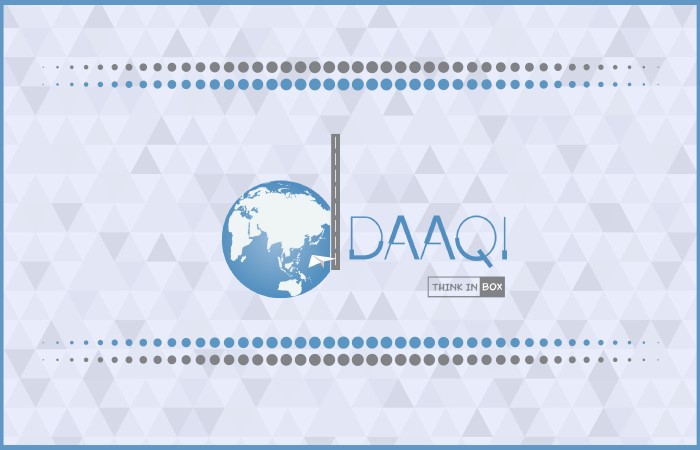Is your organization ready for uncertainty? Here’s how you can ensure it
“You can’t build an adaptable organization without adaptable people- and individuals change only when they have to, or when they want to” – Gary Hamel
Covid-19 has taught us a lot of things, but it mostly taught us that anything can happen and how we as organizations are not prepared for it. If your organization survived the pandemic – Congratulations!
You must have fought hard. But even through the pandemic, there were organizations that were thriving and came out on top.
What makes them different?
Here are some principles they follow for radical adaptability:
- Inclusivity
This wasn’t like anything before, no one was prepared for it, any and every idea was considered. But where do we get them? From our team of course. Organizations that were on top were the ones that included diversity in their processes, developed new habits and practised inclusivity.
The pandemic did wonders in breaking down the vertical hierarchy and flattening organizational structure, as anyone critical to achieving the team mission was included. Global companies such as Google, AT&T, and Deutsche Telekom used their employee networks to crowd-source ideas on product innovation and policy development.
- Using Agile management
It is an approach that breaks down projects into small pieces, which are completed in work sessions called sprints (running from few days to few weeks). This enables the team to release segments as they are completed.
This allows them to demonstrate if the segments are successful, and if not, fix flaws quickly. This process is believed to reduce large scale failures because of continual improvement. Makes sense, right? Well, this is how the top organizations dealt with it through agile teams.
What we want essentially is agile teams that are self-managing teams who were given the freedom to test ideas and iterate solutions without waiting for approval from the top. However, these teams need to have clarity of their mission, high-level of accountability from each member, and adequate resources to work as intended.
- Team resilience building
Team resilience is the responsibility of every member. By promoting the idea that everyone is responsible for each other’s well-being, the team can maintain their physical and emotional energies.
So, leaders should promote activities such as everyone being able to voice their needs, practising gratitude, practising mindfulness, checking in on one another and giving positive reinforcements. A resilient team has the ability to bounce back from adversity fairly quickly.
- Active foresight
It’s not that people didn’t know that the future is uncertain, but the question arises – why weren’t they prepared for it then? It was simply disregarded, as the saying goes “visible yet not seen”.
Active foresight has been confined to strategic planning exercises, whereas it should be integrated into regular operations. Teams need to take proactive measures to mitigate the risks and exploit new possibilities.
What organizations should be aiming for is predictive and proactive responses as opposed to adaptive responses. Changing only when adversity is at our corporate door is not the answer, measures should be such that we are ready when adversity comes knocking.
So, no more excuses, start working on radical adaptability today.






